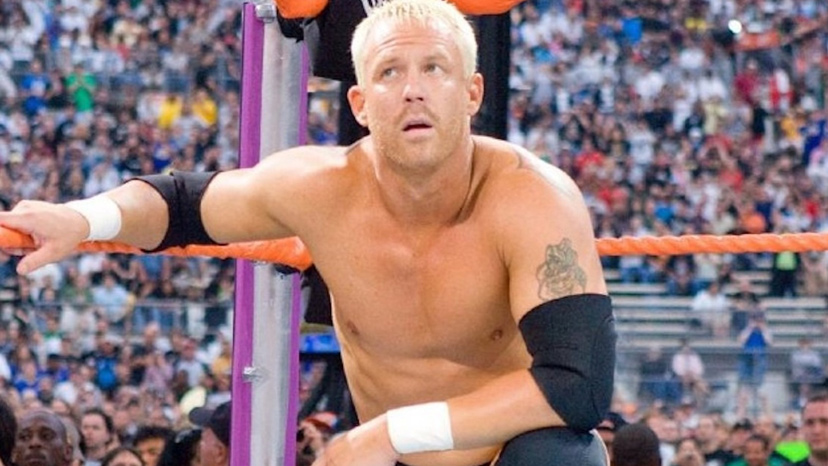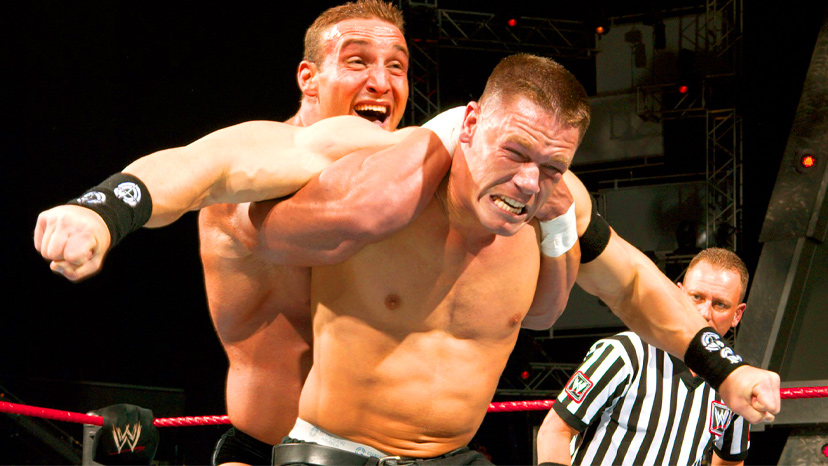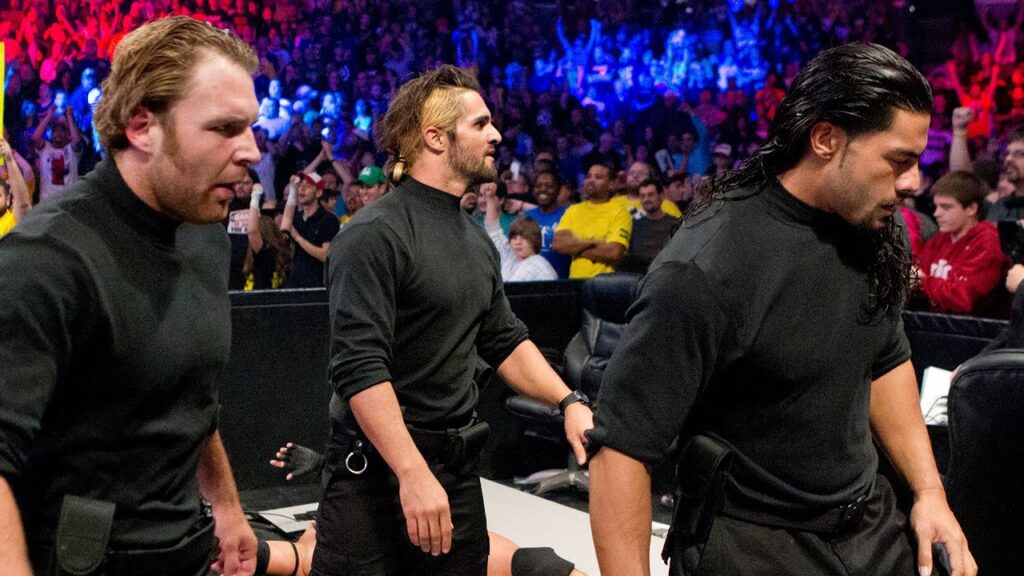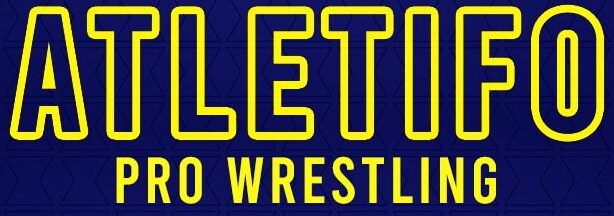The “Lost Generation” is a term that you may have heard of to refer to a group of wrestlers in the WWE.
This term refers to a group of wrestlers from the mid-2000s who were earmarked as main event stars, but for various reasons never found themselves as top stars.
After the Attitude Era ended, the WWE were desperate to build up the next generation of WWE Champions. While stars like John Cena, Randy Orton and Brock Lesnar all excelled, many more fell by the wayside.
These wrestlers are referred to as the lost generation because their lack of success saw the WWE struggle to build new stars, leading to an overreliance on wrestlers from years gone by.
The lost generation of wrestlers in WWE were caused by various factors

The lost generation of wrestlers refers to a group of WWE mid-carders who failed to make the grade as main eventers, and caused the company to feel stale for a number of years in the mid 2000s.
It began in the mid 2000s, following the success of the OVW class that included John Cena, Batista and Brock Lesnar.
With Jim Ross as the man signing young talent, the company recruited some of the best wrestlers in history as their future stars.
However, John Laurinitais took over as the head of talent relations, the company began to recruit generic-looking bodybuilders with little personality and even less wrestling skill, which did not help the product at all.
Even the top talents they did sign all failed to impress as top stars. Wrestlers like Mr Kennedy, MVP, Carlito and Chris Masters all had huge hype around them, but each one failed to move up the card.

Kennedy cruelly lost his Money in the Bank contract due to injury, before being fired when Randy Orton complained about him during his last match with the company.
The loudmouth wrestler was even meant to become WWE Champion and be Vince McMahon’s illegitimate son, something which I’m sure he’s gutted to miss out on.
Carlito’s attitude forced the company to pump the brakes on his push, even having Ric Flair dress him down on TV to try and change his unhealthy attitude in the WWE.
It didn’t work.
Master’s had issues with substance abuse, and lost the impressive physique that made him famous once he returned from being fired by the WWE.
Meanwhile, MVP performed well at first, but he was soon booked into oblivion with a losing streak angle that has never, ever got anybody over (okay, maybe Curt Hawkins…).
Other wrestlers who were buried by the company (and notably buried by John Cena during him time on top) who could be considered part of this generation include Zack Ryder, Wade Barrett and Kofi Kingston (although the latter eventually won the WWE Championship much later on in his career).
While people like CM Punk, Sheamus and Alberto Del Rio managed to break through the glass ceiling and become main event-level talents, the lost generation of wrestlers caused a lot of damage to the WWE over the decade.
The Shield’s debut was the end of the lost generation

When Seth Rollins, Roman Reigns and Dean Ambrose debuted at Survivor Series 2012, it signalled the end of the lost generation.
On that night, WWE debuted three future world champions as they attacked Ryback to help keep the WWE Championship firmly around Punk’s waist.
The trio had a legendary 18-month run as the top faction in the company, before Rollins turned on his partners to create three new top stars overnight.
In less than two years, WWE did what they couldn’t do in nearly a decade in building up new stars to help ease the burden on established wrestlers like John Cena, Shawn Michaels and the Undertaker.
Thankfully, the company has become much better at hiring, developing and booking talent, with the NXT system working wonders.

